Leisger is a german electric bike company that is expanding to the US with a few models for 2015/2016 including the CD5. This is a “cruiser” style ebike with “downtube” mounted battery that’s a “5th generation” build. That’s what the CD5 stands for and it’s a fairly good overview of the bike. You get a refined product here but not one that’s super expensive like some other German made electric bikes (I’m thinking Haibike, Focus and Kalkhoff which all start around $4k and tend to emphasize city and mountain designs). Leisger gives you a ~$2,500 bike here that’s purpose built, well warrantied and faster than normal. It’s a speed pedelec that goes ~22 mph in throttle mode but can reach ~28 mph in pedal assist… as long as you’re operating in Boost mode with assist level 6. This is one of the few gripes I have with the model, your throttle power is limited by the assist level you choose. I really enjoyed the comfortable grips, saddle, suspension fork and large balloon tires. The CD5 comes with full length fenders that are metal and match the frame paint and you can add a carry rack for just $39 for even more utility. You get eight speeds on a mid-level Shimano Acera drivetrain and the largest gear is “extra large” to make climbing easier. At ~52 lbs I’d consider this lighter than most cruisers (especially given the fenders and suspension). It’s a comfortable bike with a unique geometry that brings your feet forward for a more relaxed seating position, I’d consider adding a seat post suspension to add even more comfort but I think they’ve really chosen well (design wise) overall.
Powering the Leisger CD5 is a standard 350 watt internally geared hub motor from 8Fun. I see these a lot and to me they are sort of a known quantity. They produce a bit of zipping noise under heavy power but aren’t especially loud, they are relatively small and fairly light (being geared) and this one features a quick disconnect power cable running along the chain stay that’s easy to unplug during maintenance. This is not the kind of motor that’s going to push you up large or even medium sized hills but with a bit of speed and pedaling but it can be very satisfying in pedal assist mode and the higher max speed is a big plus. I like that it’s painted black to sort of blend in and I like that it’s not generic because I’ve seen these 8Fun hubs perform well over many years and gotten solid feedback from shops that sell other bikes with them.
The battery pack offered here is slightly above average at 36 volts and 13 amp hours. It’s enough to go 20+ miles even in the higher levels of assist and it’s mounted in a sturdy and aesthetically pleasing way. Basically, most regular bicycles have two bosses along the downtube for adding a bottle cage… on this frame those holes are used to mount the battery bracket. What’s neat to me is that the downtube is rectangular and seems to support the battery bracket in a much sturdier way while also keeping it straight. The pack is removable and you can easily charge it on or off the bike. It has a built in LED charge level indicator which is great for those moments when the battery has been stored for a while and you’re not sure if it’s charged. The charging port is very accessible on the right side of the pack and there’s even a USB charging plugin as well. I’m not sure I’d ride with an electronic device plugged into the port however because it would stick out and possibly get kicked or snagged while pedaling. This is a bummer because it would otherwise be useful for powering portable electronics… I’d like to see the port on the top front end of the pack instead of the side but at least it’s there. To extend the life of this (and most electric bike batteries), I recommend storing it between 20% and 80% full when you’re not using it for long periods. Also, keep it in a cool dry place because extreme heat and cold can be bad for it.
Operating the CD5 takes a an extra step and has some deeper menus that may or may not be useful for everyone. First, you press the on/off rubber button on the battery pack and then you press the on/off button on the button pad near the left grip. I’m not a fan of this two step process because it takes extra time and makes forgetting to turn the battery off much easier than if there was just one switch. Once everything is activated you’ll see the beautiful, large LCD display come to life. It lists speed, battery level, assist level and some “other” readouts. You can arrow up or down to change assist and in so doing, you also change how much power the throttle has access to. As mentioned earlier, I wish the throttle could use 100% power at all times because it would be useful for overriding lower levels of assist (say, when you want to be efficient but need to climb a short hill or pass someone momentarily). The throttle is a spring loaded variable speed lever that gives you some control of how much juice is sent through the controller. Back to the display, you can click the set button to navigate between odometer, two trip distance readouts and a time readout which is nice. The final area to interact with is power level and this is where it gets a little confusing (and possibly even gets missed by some riders). In addition to six levels of pedal assist (and zero for a very slow, weak throttle mode) you also get to choose a power setting. This changes the current and impacts how fast the motor accelerates which can help to extend your range or create a zippier feel. To get to this setting you need to hold the set button down for several seconds and then navigate the settings menu. For someone testing this ebike at a shop this could be confusing and also lead to an underwhelming test ride if the system was left at the lowest power level. In practice, as an owner it might be nice to choose a weak or powerful setting depending on your needs but I usually get by with just changing assist levels.
The CD5 is a really unique cruiser in my mind, it’s very comfortable and just feels different because of the feet-forward geometry, similar to the Electra Townie Flat Foot design. Compared to a Pedego and many other leading cruiser style ebikes this one is upgraded because of the suspension fork which does a lot to smooth out the ride but somehow they’ve managed to keep weight low. Yes, the motor is a bit weaker and only running at 36 volts vs. 48 further limits climbing ability but it still feels good (I’m 135 lbs and did fine in grass but wasn’t able to test on hills). If it weren’t for some of the limitations around throttle, usb charging port location and the extra sub menus for power level I’d consider this a top level ebike, especially at the reasonable $2,500 price point. It’s definitely my favorite model from Leisger so far but only the second one I’ve tested. Considering the foundation the company has built in Germany and Europe and the good warranty here it’s an easy bike to appreciate.
Pros:
- Unique “relaxed” frame geometry brings the pedals forward creating a lower seating position, it’s similar to sitting in a chair vs. a higher more aggressive/forward position
- Comfortable oversized saddle and padded grips, both match and use a synthetic faux leather that looks great
- The large tires are kevlar lined for strength but feel softer and help to absorb bumps and cracks, they compliment the suspension fork well
- Clean aesthetic, matte black frame with gloss black fork, black battery pack and black accents (pedals, grips etc.) all wires are internally routed as well
- The downtube is rectangular and provides a more solid mounting platform for the battery slide, this improves strength and keeps the pack more straight vs. a round tube
- Upgraded sine wave controller applies power to the motor system more smoothly and results in quieter more efficient operation
- The controller operates at a higher amp output which provides a slightly higher top speed ~28 and ~22 throttle only with more power than similar 36 volt ebikes I’ve tested. I believe it’s 10 amp nominal to 15 peak
- Good weight distribution, the hub motor is relatively small and light in the rear and the battery is kept low and center on the downtube
- The display panel swivels to reduce glare, has backlighting and is just large and easy to understand, I like that menus are shown at all times and you don’t have to guess at what’s buried within
- I really like the throttle design, it’s very slim and compact which allowed Leisger to mount it very close to the left grip and that means you don’t have to reach far to use it
Cons:
- Because this ebike promotes a feet-forward body position it’s difficult to stand up when riding over bumps (using your legs to absorb shock), the suspension fork and larger balloon tires help but a seat post suspension might be worth adding
- Only available in one frame size but the tool-free adjustable stem helps to either extend reach or bring it in depending on body type and ride style
- The USB charging port is nice but it’s located right where my leg and knee were passing by the downtube and I worry that it could get bumped (if I was using it to charge my phone or portable music player). It would be more useful if the port was at the top of the pack near the stem instead of the side
- More basic cadence sensor, doesn’t start or stop as quickly as some 12 magnet designs I’ve seen but might stay cleaner and is definitely more compact
- The display panel is not removable and has to be activated separately from the battery pack (so you turn two things on and two things off) which can make it easy to forget and leave on accidentally
- The power and speed on this bike are both limited by the level of pedal assist you choose, in level zero you barely get any power, I wish you could override every assist level to full speed with the throttle
- No bottle cage bosses, you can add storage by purchasing the fitted rear carry rack for $39 and getting a trunk bag or panniers
Resources:
- Official Site: http://www.magnumbikes.com/portfolio-item/leisger-cd5/
- More Pictures: https://goo.gl/photos/LaKF46znSQkwB2yw6

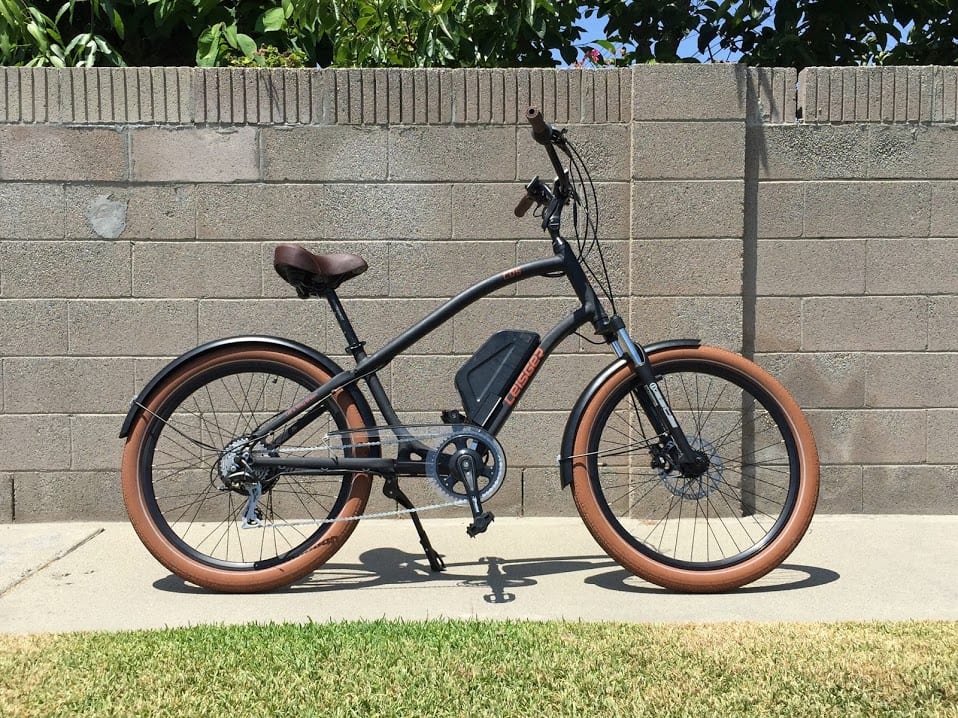
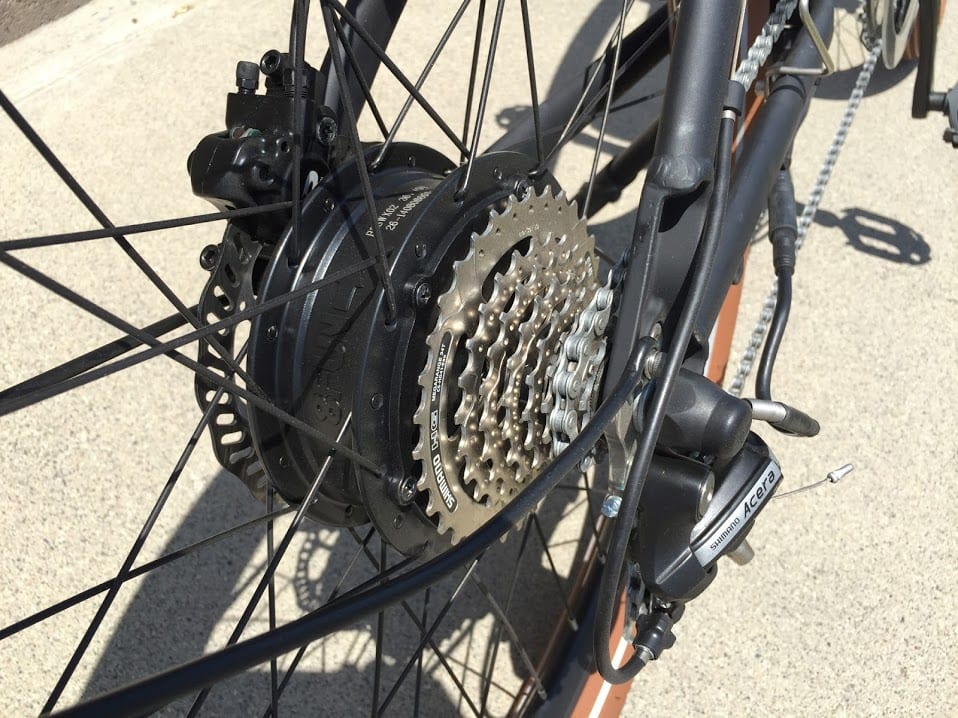
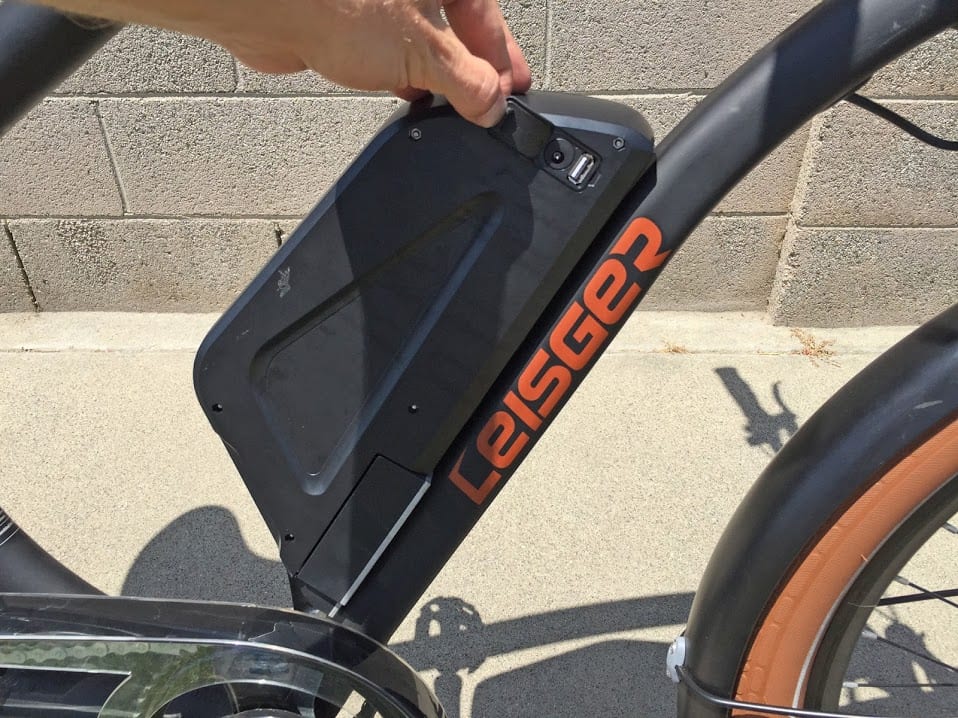
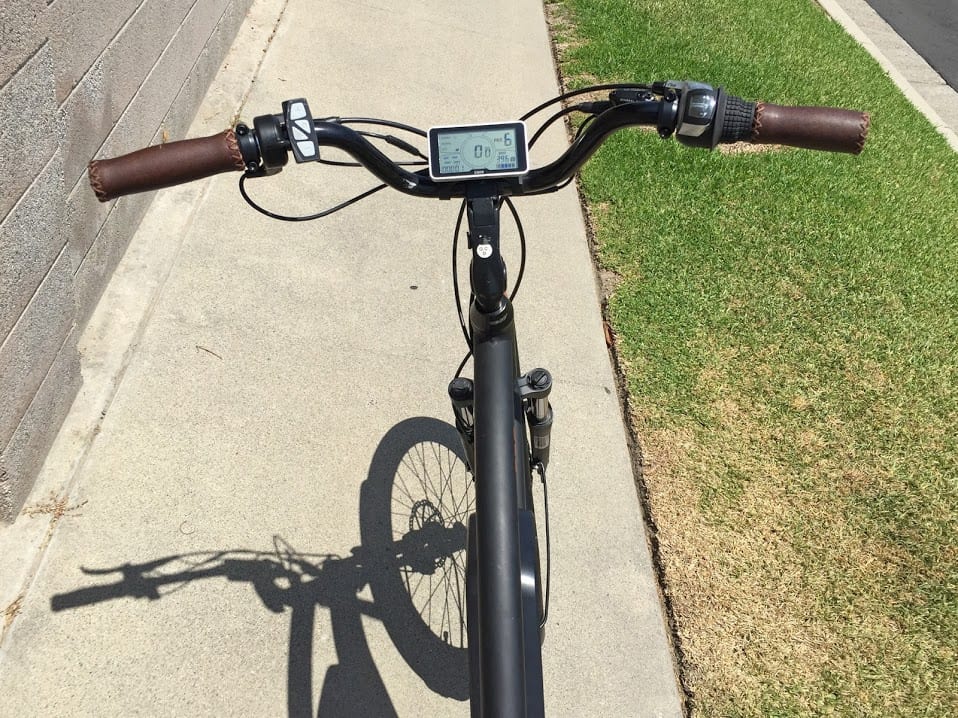
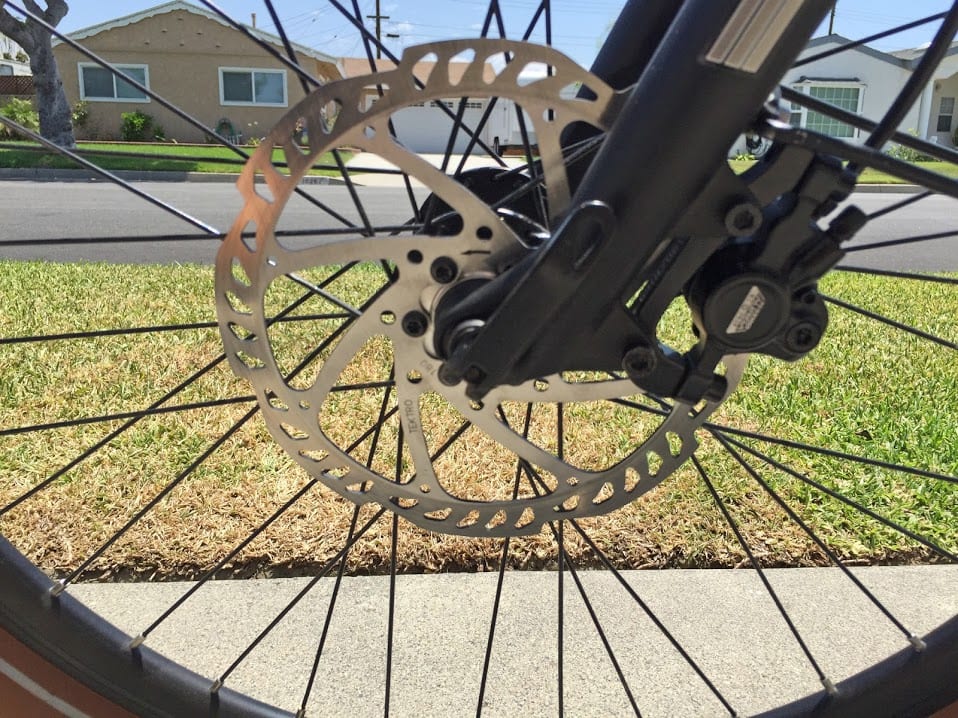
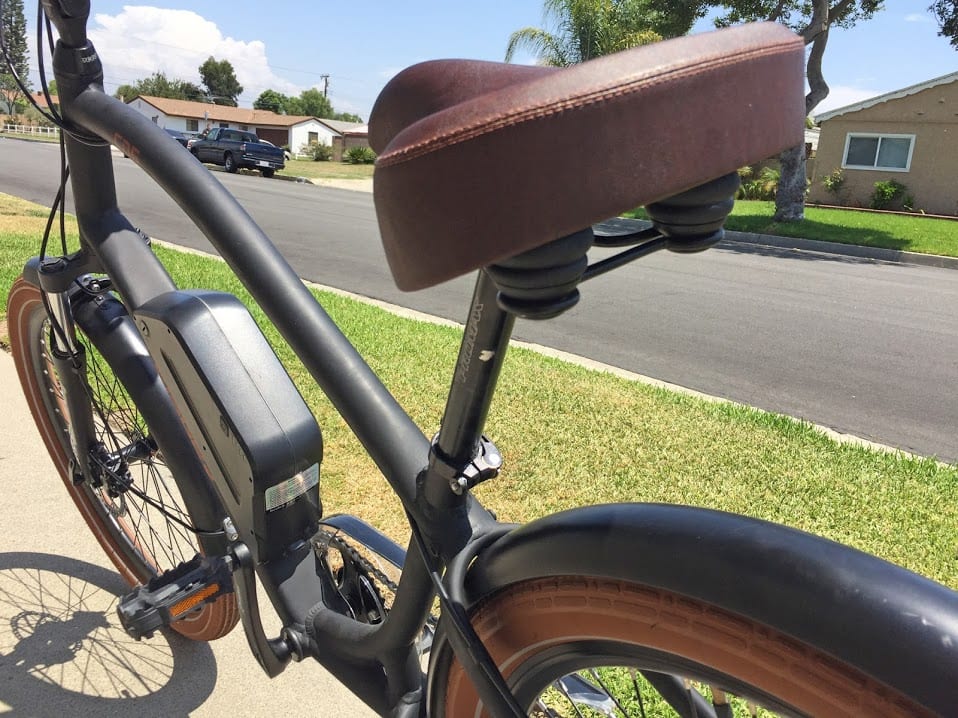

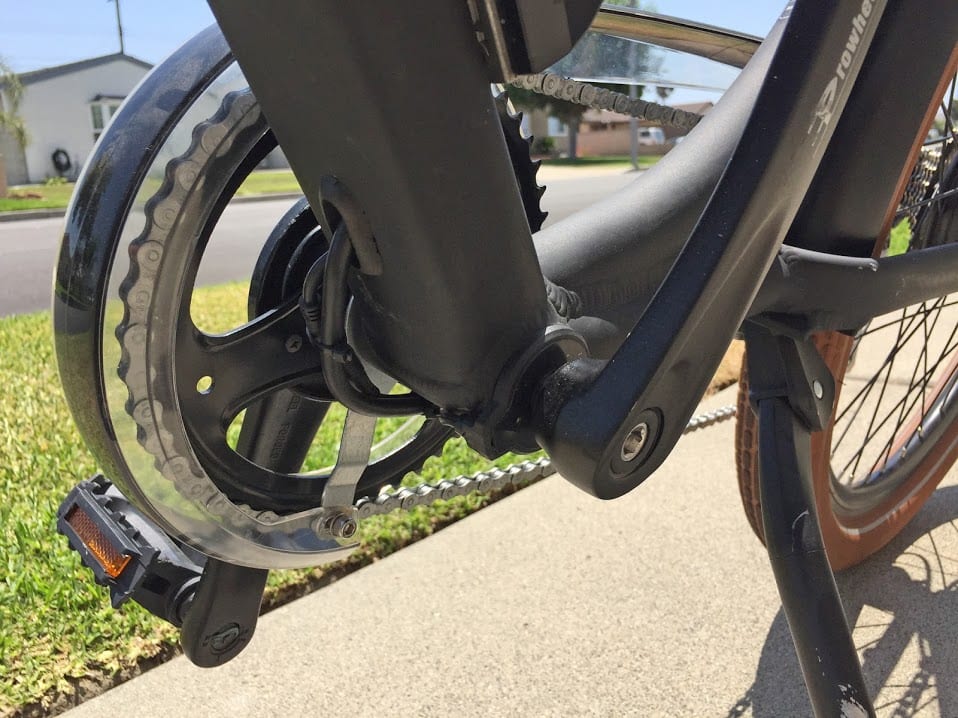
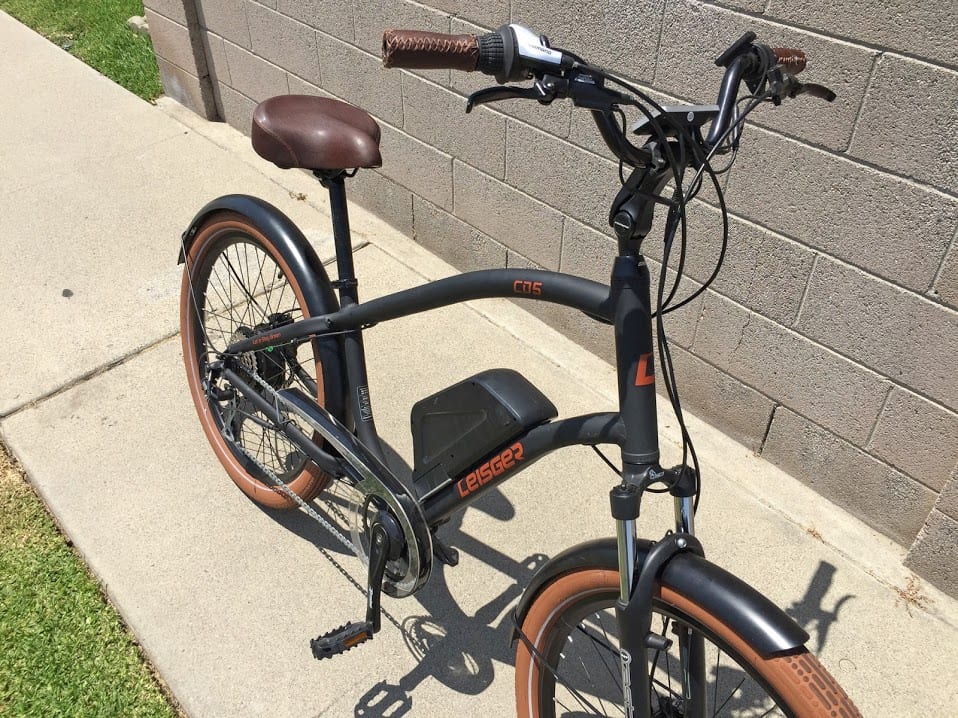
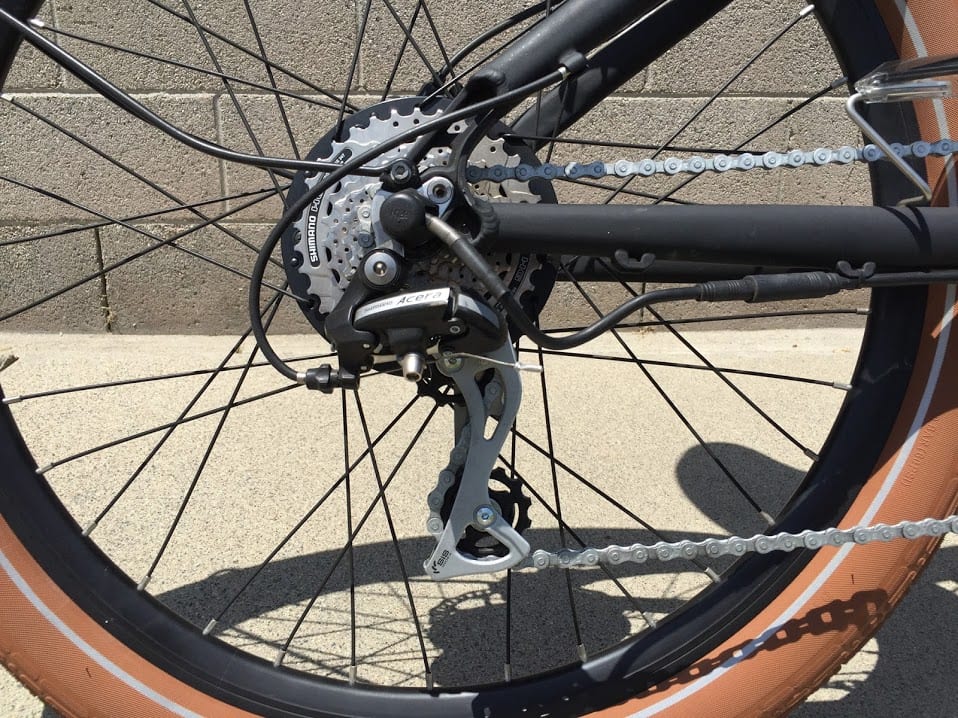
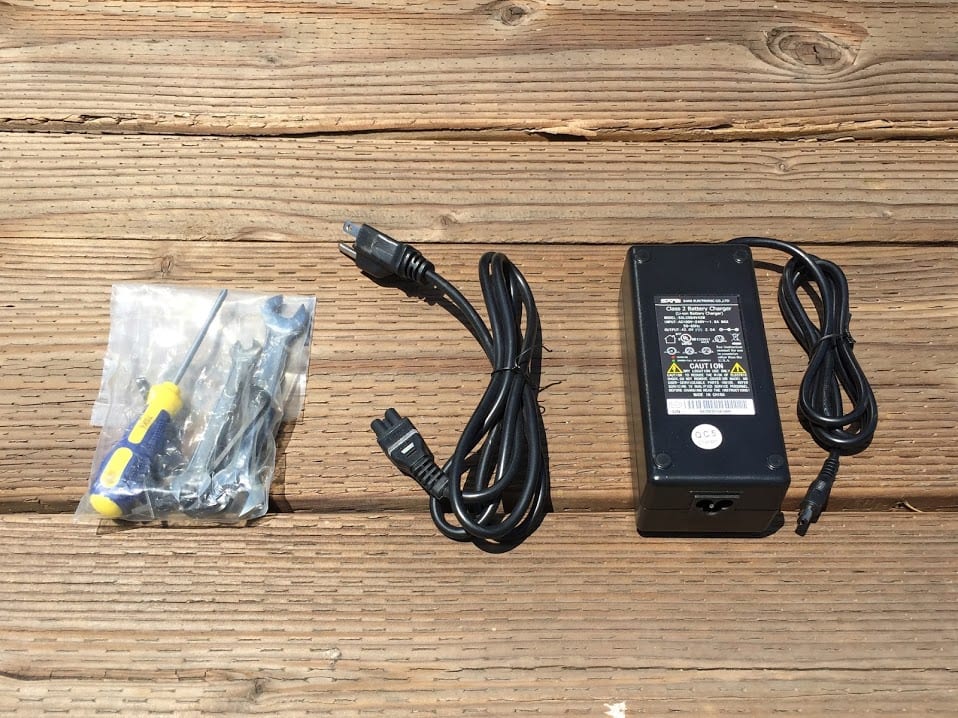

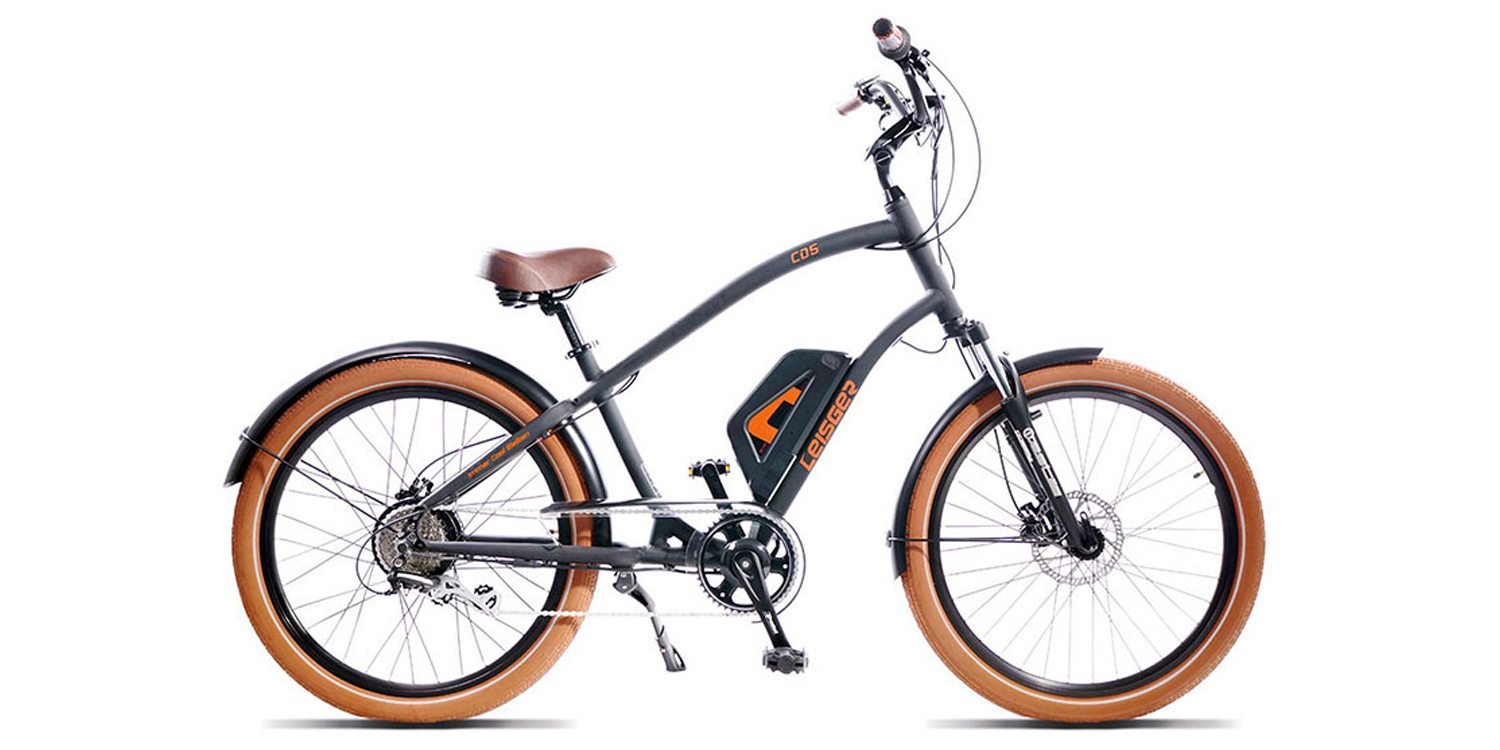
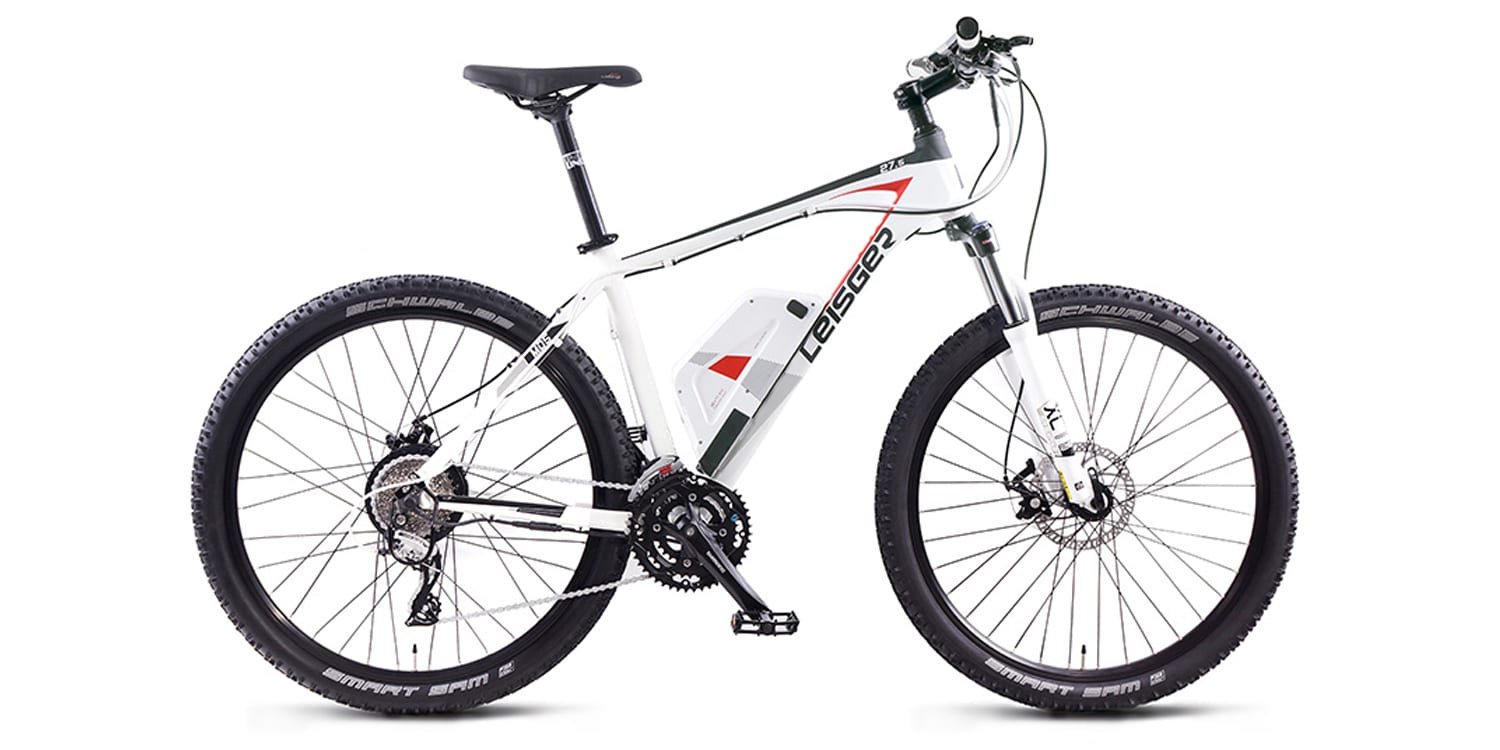
jack says
rad power bikes compared to leisger bikes build quality dependability motor size but lets get to the jist chinese vs german which do you prefer ?
Court Rye says
Hey Jack! I think it depends on the specific model. Chinese manufacturers can produce some incredibly high-quality products (look at iPhones for example) but are also willing and able to do low-end affordable stuff. Germany is known more for precision, I think many of their products are still produced in China even if they’re designed elsewhere.